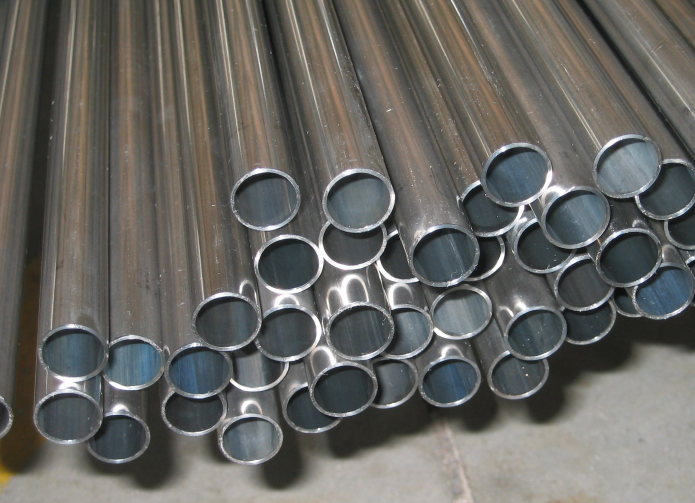
Carbon Steel Pipe VS Alloy Steel Pipe
Carbon steel pipe:
Carbon steel pipes are steel pipes made of iron and carbon as raw materials. Its main components are carbon and iron, and also contains small amounts of sulfur, phosphorus, manganese and other elements. Carbon steel pipes can be divided into low carbon steel, medium carbon steel and high carbon steel according to their carbon content. Carbon steel pipes have good toughness and weldability and are relatively cheap. However, due to its poor corrosion resistance, carbon steel pipes are prone to rust and corrosion.
ASTM A106 carbon seamless pressure pipe (also known as ASME SA106 pipe) is commonly used in the construction of oil and gas refineries, power plants, petrochemical plants, boilers, and ships where the piping must transport fluids and gases that exhibit higher temperatures and pressure levels.
Alloy steel pipe:
Alloy steel pipe is a steel pipe made by adding a certain amount of alloy elements to steel. The alloy elements can be chromium, nickel, molybdenum, titanium, copper, aluminum, manganese, etc., or they can be mixed with multiple elements. Different elements can form different alloy steel pipes. Because it contains a variety of alloy elements, alloy steel pipes have excellent strength, corrosion resistance and high temperature performance. They are usually used in the manufacture of high-speed trains, chemical equipment, aerospace engines and other high-demand applications. Of course, the price of alloy steel pipes is higher than that of carbon steel pipes.
ASTM A335 is a standard specification for seamless ferritic alloy-steel pipe intended for high-temperature service. This material is commonly used in power plants, refineries, and other industrial settings where high-temperature and high-pressure conditions are encountered.

Comparison between carbon steel pipe and alloy steel pipe:
2. From the perspective of strength and corrosion resistance, because alloy steel pipes contain a variety of alloy elements, their strength and corrosion resistance are better than carbon steel pipes. For some demanding applications, alloy steel pipes are indispensable.
3. From a price point of view, because the composition of alloy steel pipes is more complex and the cost is higher, its price is higher than that of carbon steel pipes.
Comparison of the characteristics of carbon steel pipe and alloy steel pipe:
1. Characteristics of carbon steel
① Easy smelting and processing
② Low cost, wide application
③ Heat treatment can be strengthened
④ Poor tempering stability
⑤ Poor economic penetration
⑥ Basic phase strength is low, poor toughness can not meet special performance requirements
① Difficulty in smelting and processing
② High cost
③ High tempering stability
④ High hardenability
⑤ The basic phase has high strength and good toughness, which can meet special performance requirements
In short, although carbon steel pipes and alloy steel pipes are both steel pipes, their compositions and properties are very different. It is very important to choose the appropriate type of steel pipe according to different usage occasions and requirements.
Go here to learn more about " How to Choose a Suitable Seamless Steel Pipe Material?"
- 【Prev】 : Seamless Steel Tube Purchase Points and Precautions
- 【Next】 : API 5CT Oil Casing Pipe


